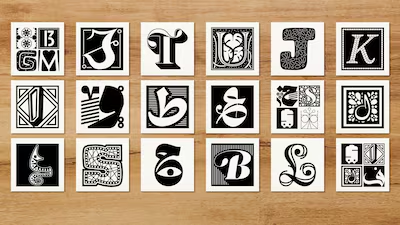
Drawn by designers worldwide, Font Li Beirut aims to fundraise for victims of the Beirut blast. Nadine Chahine
Drawn by designers worldwide, Font Li Beirut aims to fundraise for victims of the Beirut blast. Nadine Chahine
Li Beirut: designer behind Dubai Font rallies creatives to make typeface for Beirut
The font, which includes 300 decorative glyphs of isolated Arabic letters and Latin capitals, was created by 161 typeface designers
